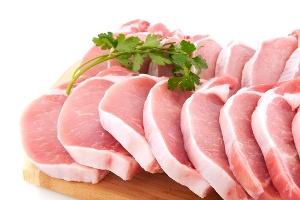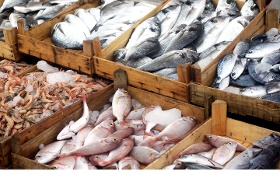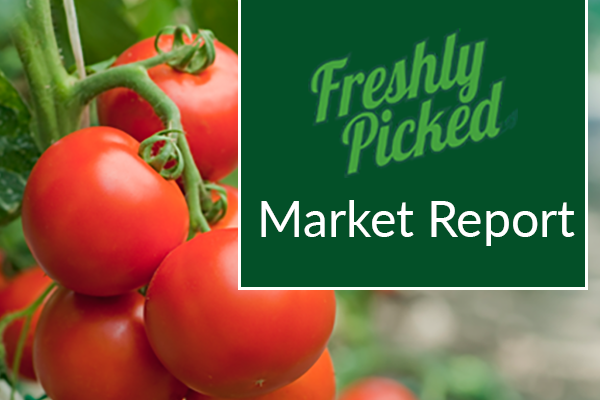Freshly Picked, April 15, 2024
Alerts & What’s Trending
- Supply Chain Optimization with Consolidated Concepts
- Buyers Edge Platform Announces $425M Preferred Equity Investment Led by General Atlantic Credit’s Atlantic Park Fund, Alongside Blackstone Tactical Opportunities and Morgan Stanley Tactical Value
- How One Growing Restaurant Chain is Capitalizing on a Large Menu
- Quick-Service Restaurants Feel Traffic Woes to Begin 2024
- On the Road to Relief: Restaurant Trends and Opportunities to Watch
Produce

Unfavorable weather conditions, drought, and prolonged El Nino/La Nina effects persist, leading to reduced production and increased market prices for various commodities. The elevated market prices are anticipated to persist for the next several weeks. The transition from Yuma to Salinas in California and Arizona is nearly finalized, with Yuma operations wrapping up by the conclusion of the upcoming week. Beginning the week of 4/22, all wet veg products will be shipped from the Salinas Valley, while a small number of shippers will continue to operate from Huron for the subsequent two weeks. Supply and quality are on the rise, resulting in stable to slightly lower prices for lettuce and romaine in the markets. However, we anticipate pricing to remain elevated throughout the transition period.
Grains

Increases in energy, rival vegetable oil kinds, and stocks all contributed to the previous week’s increased soybean oil prices. Considering the ongoing manufacturing problems, palm was higher. Canola increased in value when farmer seed sales decreased.
Dairy

The markets for shell eggs are all flat, and demand is declining. The Northwest and California markets are struggling. Although avian influenza has been detected in US dairy cows, it is not yet severe enough to cause production losses. Demand for contracted cheese is stable, whereas demand for spot cheese is stable to increasing. There is a mixed demand for butter domestically.
Beef

The market is still not rising. Tenders and ribs still exhibit discounts. Top butts and strips are hanging in there. Chucks, end cuts, and insides seem to be simple to locate, and packers are driven vendors. Thin meats have benefited from the lower yield; grinds are still appearing and indicate some market pressure.
Pork

Due of growing demand, both boneless butts and B/I will be moving up next week. The market is rising due to the increased demand for ribs. Retail advertisements are generating greater action in loins, which will lead to a robust market. As the weekly demand for fresh bellies rises, belly trends are also increasing. Trimmings have increased in line with the general pork outlook.
Poultry

The market for breasts has begun to decline, and more are becoming accessible. The market for wings is balanced. There is a high demand for tenders, yet they are still the hardest to locate offering. The desire for dark meat is still high. The majority of whole birds are balanced.
Seafood

The Pacific Halibut season has begun, and while whole fish prices are now higher, it is anticipated that they will decrease over the next few weeks. The supply of lobster in the North Atlantic is still decreasing, and prices are rising. Due to increased supply, warm water lobster prices have remained stable and have not grown as anticipated.




